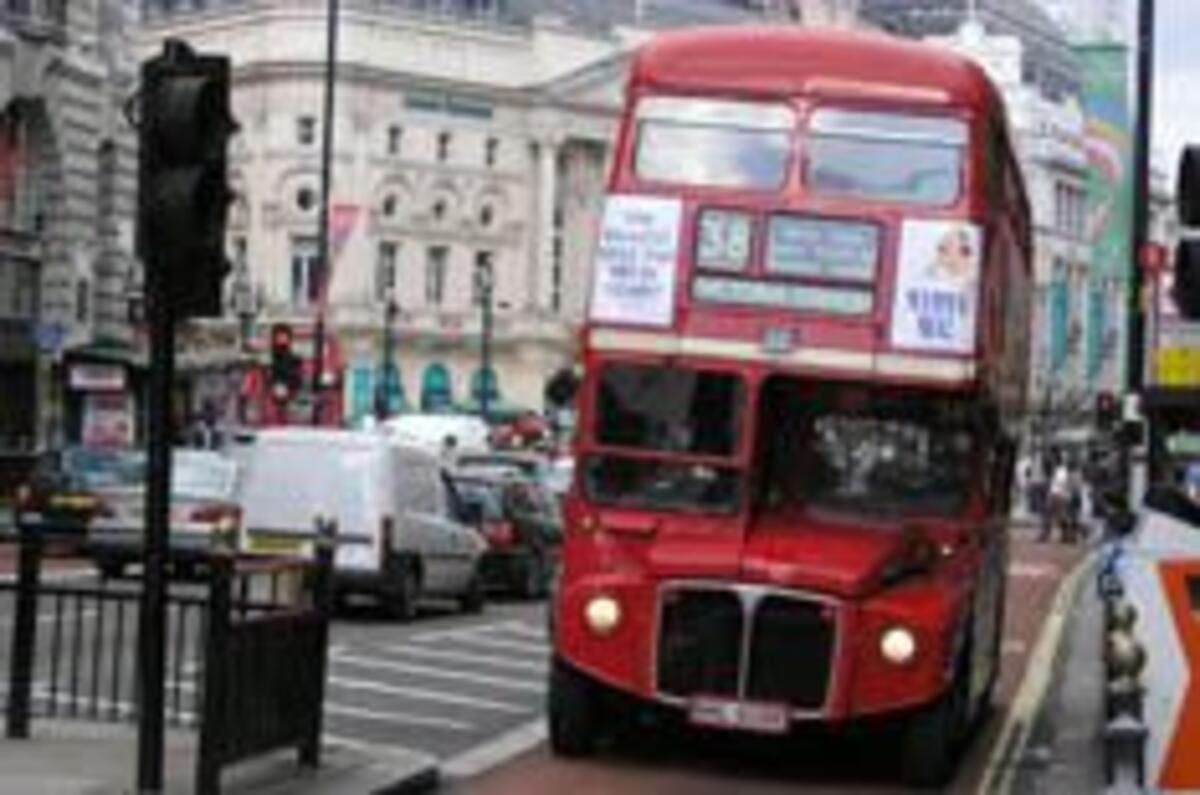Buses and other diesel-powered vehicles are ‘poisoning’ pedestrians in some of Britain’s biggest towns and cities, according to research carried out by gas supplier Calor. Using published air-quality figures from 30 different locations, Calor compared the levels of nitrogen oxide (NOx) to that produced by a single Rothmans Light cigarette. NOx is a major cause of smog and has been associated with the rising incidence of asthma and other respiratory disorders in children.
According to the research, over the course of 24 hours a pedestrian at rest in Oxford city centre would inhale the NOx equivalent of 61.4 ‘light’ cigarettes. Bath was next worst at 46.8 cigarettes. London’s Marylebone Road came in third at 30.0, followed by the King’s Road in Chelsea at 29.6. Amazingly, the peak reading for central Oxford was the equivalent of 185 cigarettes.
What makes these results all the more surprising is that both Oxford and London have moved to prevent cars entering their city centres. London introduced the Congestion Charge in February 2003, cutting traffic levels by 30 per cent, and Oxford’s centre underwent extensive pedestrianisation combined with edge-of-town park-and-ride schemes.
Ironically, the reason pollution is so high, despite the cull of mainly private cars, is because NOx emissions come overwhelmingly from diesel engines. And it’s these large (and often hard-driven) diesel engines that power buses, goods vehicles and taxis – the vehicles that now dominate the city centre roads.
Calor’s interest in this research is prompted by its promotion of liquid petroleum gas (LPG), which it says is in danger of being overlooked. For example, Calor claims that if all of London’s cabs were converted to run on LPG instead of diesel, some 3000kg of soot would be prevented from entering the atmosphere each year.
And despite Transport for London’s claims that 90 per cent of London buses now have particulate traps fitted to their exhausts, Autocar’s own research found startling evidence of the soot problem. These kerbstones (right) – photographed in Piccadilly’s dedicated bus lane – show the levels of soot deposited daily.
‘Well to wheel’ calculations, said Calor, show LPG to be more environmentally friendly than either petrol or diesel. With a dash to expand bus services across the country, it seems little thought is being given to the suitability of traditional diesel-powered heavy transport, especially in confined stop-start conditions.




Add your comment